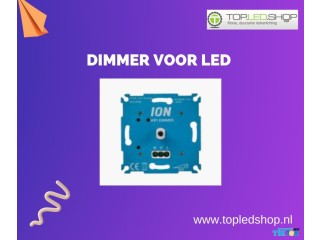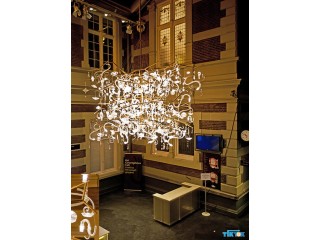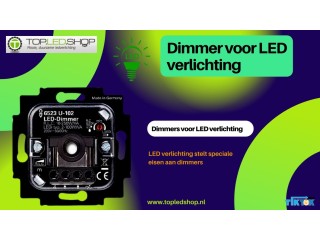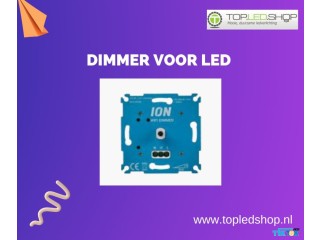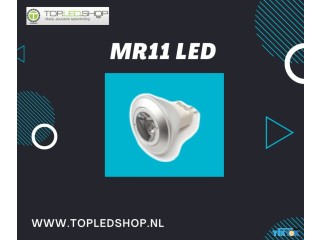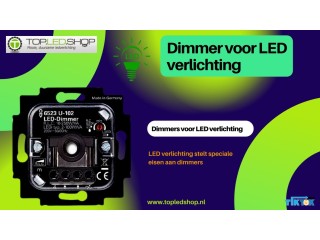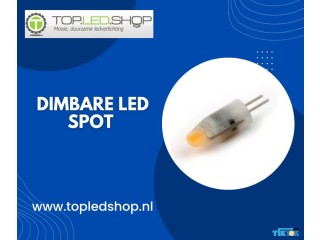Garden Hoses: What To Know Before You Buy Private
3 years ago - Multimedia - West Raleigh - 91 views -Garden Hoses: What To Know Before You Buy
Hose for gardening don't last forever. When you're in the market for a new one, these tips will help you make an informed purchase.
Your garden hose is probably working overtime this summer as you water plants, irrigate a vegetable garden or wash the car. According to hose manufacturer Teknor Apex, a good garden hose will last five to 10 years if properly maintained. A bad garden hose, as most of us have already found out, will waste water, function poorly and cause bouts of frustration.
So to keep the kinks out of your relationship with your PVC garden hose, let’s take a look at what to consider before you buy a new one.
Garden hoses are used for transporting water over short or long distances. They can be used for watering a plant, washing a car or every other activity where water is needed. Because garden hoses are very widely used, they need to be able to do many different things. Firstly, they of course have to deliver water at your chosen location. But that’s where the simplicity stops, while not all water or application is the same. Are you working with super clean water and want to be 100% sure there is no contamination with the materials of the hose? Then a garden hose with a pvc-free inner layer specially made for this situation will fit your needs. Is storage space limited? Then a spiral hose, reel garden hose or expandable garden hose will come in handy. Are you looking for a drip irrigation system? Then soaker hoses might be the solution. For every application there are different products available specialized for that situation. Read this article to make a jump start into the world of garden hoses.
Diameters and lengths
When selecting a garden hose there are multiple parameters that will guide you in the right direction. The diameter of the hose is a good starting point. Typical internal sizes are 13mm (1/2"), 19mm (3/4") and 25mm (1"). It’s important to know that a garden hose has an internal and external diameter. If you want to connect the hose to male coupling, the internal diameter is most relevant to you. Also important is the total length of the garden hose, because a too short hose won’t reach to your destination and a too large hose will take up unnecessary space and cause extra pressure drop, which is often not desirable.
Materials
Mostly, garden hoses are made from multiple materials. Some garden hoses are even made from up to 8 different layers. All these layers are made from a different material. The outer layer has to be strong because it’ll be dragged along concrete and stones. Often PVC is used for this outer layer. The inner layer can be made from many different materials. If the expandable garden hose is suitable for drinking water purposes, often PU food-safe materials are used for the inner layer. All materials used together determine the temperature range, which is often between -20°C and +60°C. Garden hoses can often withstand pressures up to 30/50 bars (435/725 psi). A pressure gauge is placed to monitor the pressure in the system, to learn more about this read our article on pressure gauges for water applications.
Reinforcement
A garden hose with only an outer layer would twist and distort very easily. With some exceptions, garden hoses have been strengthened. Between the inner and outer layer, a reinforcement is added made of metal, plastic or another type of strong material. This reinforcement ensures the hose is pressure-resistant, well protected against damage, wears less quickly and it will buckle less quickly. Especially for garden hoses, that are used in harsh situations, this is a very important feature.
Couplings
To connect a garden hose to a spigot, sprinkler or valve you will need couplings. In most cases a garden hose is connected via Gardena-like couplings. These snap-fit couplings exist of two parts. The first part is a threaded fitting (with 3/4" and 1/2" being the standard) and is mounted on the part that you want to connect to the garden hose. The second part is a quick connector, which is mounted to the garden hose. With this snap-fit coupling it is now possible to easily connect the hose to all the parts that are fitted with the hose fitting like spigots, valves, spray nozzles and sprinklers.
We’re all working hard to be conscious consumers. At the grocery store, we read labels and say “no” to plastic packaging whenever we can. We choose safe wooden toys for our kids, avoid poisonous cleaning products, and even grow our own organic vegetables. But wait! After all that effort, are we unknowingly spraying that lovely healthful produce with phthalates, BPA, lead and more?
A garden products study completed by The Ecology Center looked at 90 different PVC garden water hose and discovered disturbing levels of each of those chemicals. Some of the toxin levels exceeded safe drinking water standards by 20 times or more.

